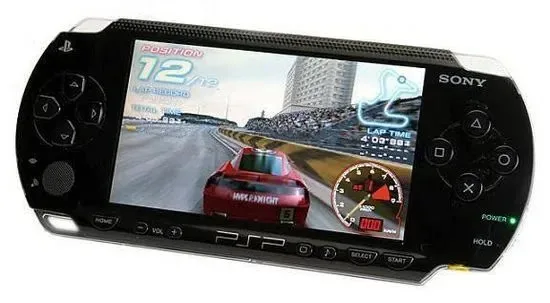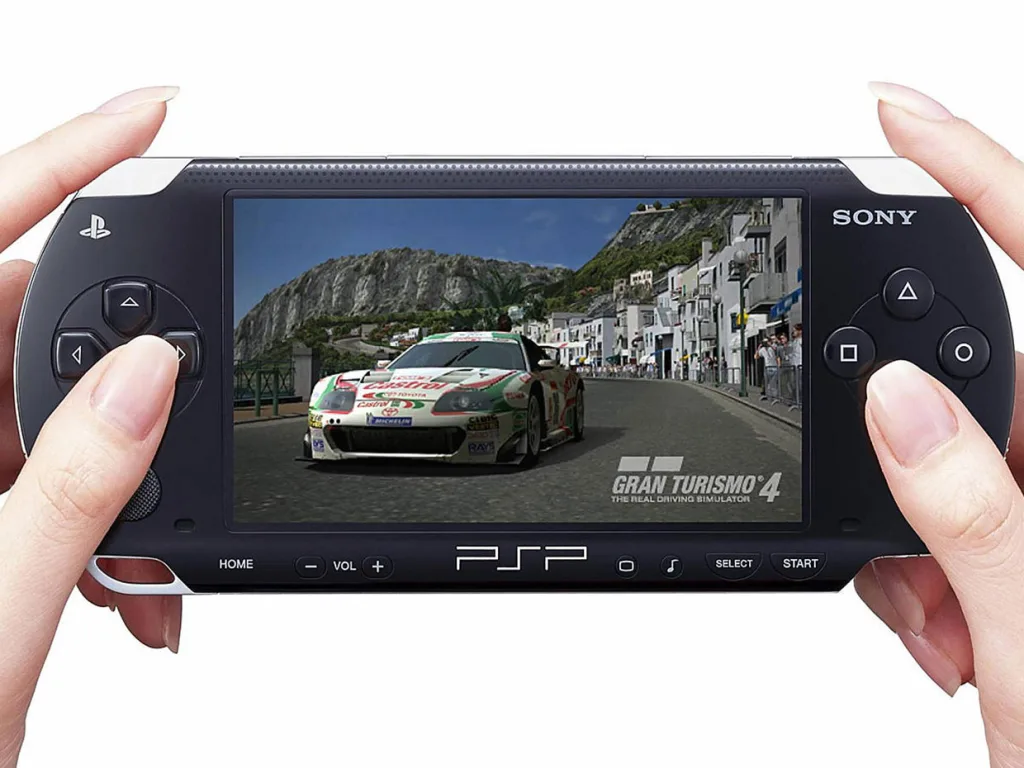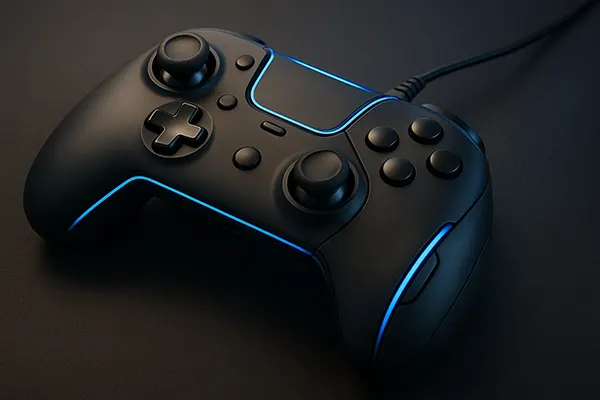
Review of the PlayStation Portable (PSP)
The PlayStation Portable (PSP), developed by Sony, was released in 2004 as a revolutionary handheld gaming console. Aimed at delivering a console-like experience on the go, the PSP allowed users to enjoy high-quality gaming, multimedia functions, and connectivity options that had not been seen before in portable devices. As a bridge between traditional consoles and portable gaming, the PSP had a lasting impact on the gaming community.
Specifications of PlayStation Portable (PSP)
The PSP featured a 4.3-inch TFT LCD screen, with a resolution of 480 x 272 pixels, which was impressive for a handheld device at the time. It ran on a 333 MHz CPU with 32 MB of RAM (later models expanded to 64 MB), ensuring smooth gameplay. The console also had a built-in UMD drive for physical game discs, alongside memory stick support for digital downloads and media storage. Additionally, the PSP had Wi-Fi connectivity, which was a rare feature in handhelds during its era.
Gaming Features of PlayStation Portable (PSP)
The PSP provided an extensive library of games, ranging from action-packed adventures like God of War: Chains of Olympus to strategy games like Final Fantasy Tactics: The War of the Lions. The console was designed to bring PlayStation 2-quality gaming to a portable format, with an emphasis on immersive single-player experiences and local multiplayer via its Wi-Fi capabilities.
A key advantage of the PSP was its ability to connect to the PlayStation Network (PSN), where users could download a variety of games, demos, and updates. The PlayStation Portable also introduced Remote Play, allowing gamers to connect with their PlayStation 3 consoles to stream content or control their home console remotely, enhancing the gaming experience beyond the console itself.

Additional Features of PlayStation Portable (PSP)
Apart from gaming, the PSP was a multimedia powerhouse. It could play music, videos, and display images, making it a portable entertainment system. Users could watch movies on the UMD format or transfer media onto the memory stick. The web browser added another layer of connectivity, allowing users to browse the internet wherever there was Wi-Fi access.
Moreover, the PSP’s compatibility with online casinos, such as Uniclub Casino, allowed users to engage in online gaming and gambling directly from their device. This capability expanded the device’s reach beyond traditional gaming, positioning it as a versatile entertainment tool for casual and hardcore gamers alike.
Advantages and Disadvantages of PlayStation Portable (PSP)
The PSP had several strengths that made it a popular choice. Its powerful hardware and high-resolution screen brought console-level graphics to a portable device, while its extensive game library catered to various gaming tastes. The multimedia capabilities further solidified its place as a well-rounded entertainment device.
However, the PSP was not without its shortcomings. The reliance on UMD discs was seen as cumbersome, particularly as digital downloads became more prevalent. Battery life was another concern, as the power-hungry screen and processor meant that players couldn’t enjoy long gaming sessions without frequent charging. The absence of a second analog stick also limited the control options for certain games, leaving some players yearning for more precise gameplay mechanics.
The PlayStation Portable (PSP) remains a memorable handheld console that provided a rich gaming experience, backed by solid hardware and a diverse library of titles. Although it had its limitations, such as battery life and control configurations, the PSP set the stage for future advancements in portable gaming. Its impact on the gaming world is undeniable, making it a classic choice for gaming enthusiasts.





